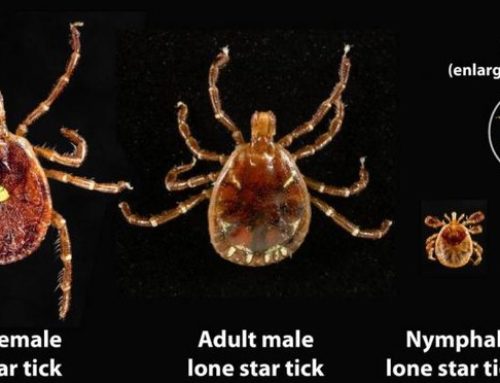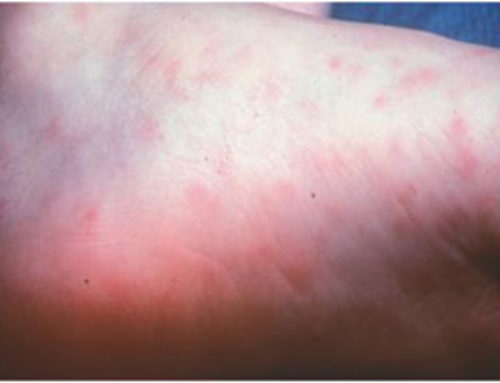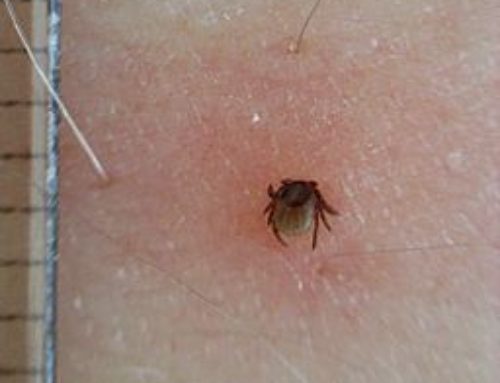 Ticks are a small kind of bug that are members of the spider family. They aren’t insects, but are actually arachnids. There are many different kinds of ticks in the world, some of which carry bacteria and viruses that cause diseases in animals and humans. One such disease is Lyme disease.
Ticks are a small kind of bug that are members of the spider family. They aren’t insects, but are actually arachnids. There are many different kinds of ticks in the world, some of which carry bacteria and viruses that cause diseases in animals and humans. One such disease is Lyme disease.
For the midwestern and eastern United States, Lyme disease is primarily carried by the deer tick (Ixodes scapularis). For the West Coast, it’s the western black-legged tick (Ixodes Pacificus). While lone star ticks (Amblyomma americanum) are the primary carriers in the south.
Its important to understand ticks aren’t born with Lyme disease. They get it when they feed on infected animals, in particular rodents. They then pass it on to the next living thing they bite, whether it be an animal or human.
How Long Does it Take for Lyme to be Transmitted?
Experts are unsure about just how long it takes for Lyme disease to be transmitted. The CDC say that the tick has to be attached for 24 hours at least.
This does give people a false sense of security about the problem though. One study showed that 5-7% of nymphs were able to transfer the disease in under 24 hours. One paper showed that a tick was able to transmit the disease in under six hours. The risk of contacting Lyme disease in under a day is low, but it’s never zero.
Some studies have shown that less than a third of people with Lyme disease recall being bitten by a tick. If they don’t even notice that the tick is there or that they’ve been bitten, there’s no telling how long a tick was actually attached to them.
One thing we can say for sure is that the longer a tick is on you, the more likely it is to transmit disease. Find and remove ticks as soon as you can.
Can you Get Lyme Disease from Other Bugs?
Research has shown Lyme disease can be present in other insects such as mosquitoes, but this isn’t proof that they can transmit it.
Ticks are uniquely suited to carry Lyme disease and spread it. Spirochetes and ticks have co-evolved alongside each other for millennia. Tick saliva has immune suppressors that help to spread the bacteria through the body of the host. Given that ticks feed on lots of different animals, they are able to quickly spread the disease.
Where can Ticks be Found?
Ticks can generally be found anywhere the animals they feed on can be found. They live in grassy and wooded areas in particular. Adult ticks find their next meal by climbing grass and bushes to wait for animals to pass by. Tick nymphs and larvae are found in decomposing leaves under trees. Ticks love damp environments and are less active in hot and dry climates.
Which Ticks Carry Lyme Disease?
Ticks in the nymph phase are the primary carriers of Lyme disease. Because these ticks are as small as poppy leaves and they have painless bites, people may not even realise they have been bitten. Adult ticks can also spread Lyme disease, but it’s easier to spot them and remove them before the disease spreads.
Not every tick is infected with the disease. Unfortunately, tick studies have been done in a small amount of locations. The tick infection rates for much of the US remains unknown. Even in places where ticks don’t normally carry Lyme disease, there could be hotspots for the disease based on the local conditions there. Tick infection rates can even change from year-to-year.
Know Your Ticks
Tick populations have risen dramatically over the past few decades thanks to human and environmental factors. It’s important that you do some due diligence and learn more about the different kinds of ticks so you know what to look out for.
Image Credit: By Hannah Garrison – en:User:Jongarrison, CC BY-SA 2.5, Link





Leave A Comment